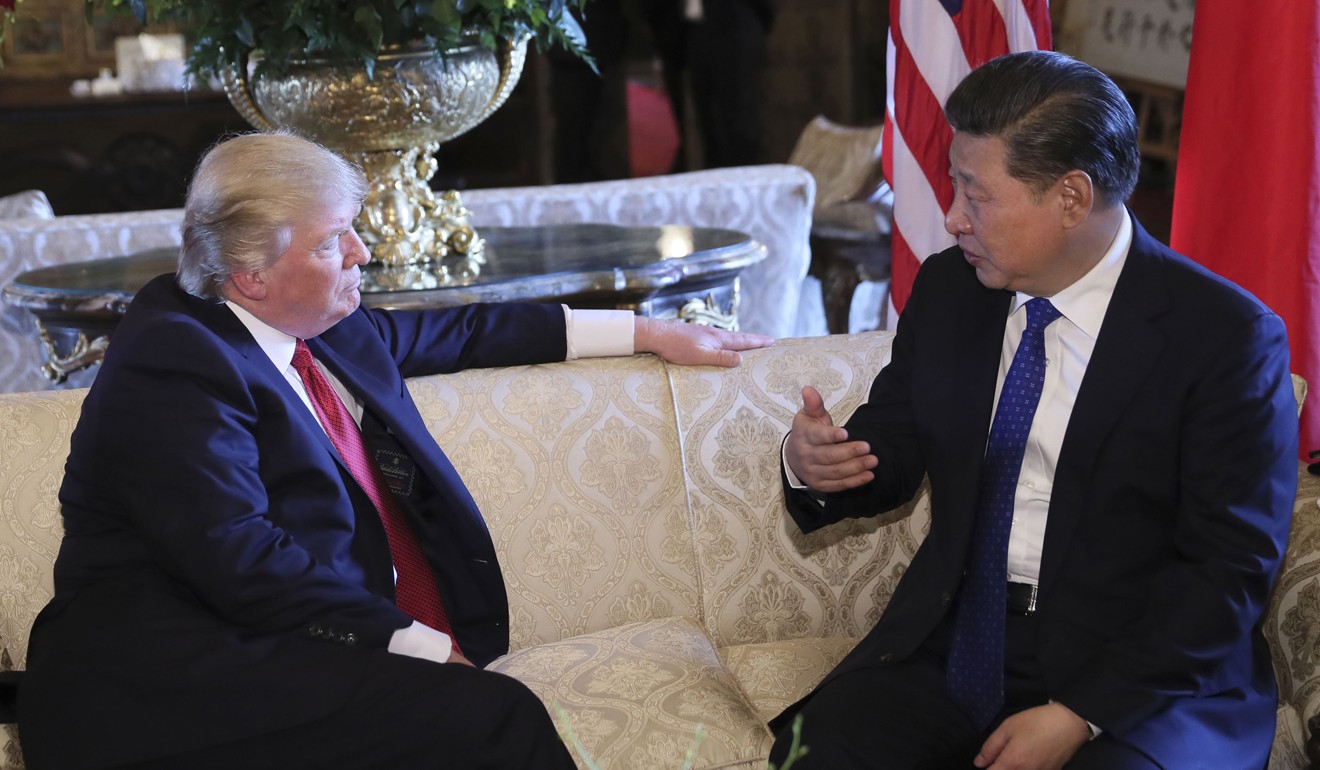
How America can help China’s Xi Jinping rival Deng Xiaoping on economic reforms
Yukon Huang says President Xi Jinping’s place among China’s great transformative leaders like Mao and Deng will depend on how his new team, to be revealed at the 19th Party Congress, tackles economic risks and eases trade tensions with the US
Major challenges in recent years have included finding new sources of demand to pick up the slack in the economy, dealing with a potential financial crisis, and moderating trade and investment tensions with the West.
First, searching for new growth drivers. China’s slowdown partly reflects the reality of a maturing economy. But the slowdown has also been accentuated by the decline in global trade and decelerating construction at home. Many observers have pointed to China’s growth as being excessively unbalanced, as measured by its extremely low share of personal consumption relative to GDP, and a proportionately high share of investment. This has led to calls for China to rebalance in favour of more personal consumption to stimulate growth.
While “balanced” intrinsically sounds good and “unbalanced” bad, this view is misguided. Unbalanced growth is the result of a largely successful urbanisation-cum-industrialisation process, as workers shift from labour-intensive rural activities to capital-intensive industrial jobs in cities. In the process, the share of consumption to GDP automatically declines, although, paradoxically, consumption per person or household increases. This same “unbalanced growth” process characterised the development other East Asian success stories, including Japan and South Korea during their industrialisation.
Heed the warnings on China’s economy

China’s economy loses steam as Xi takes aim at debt
China’s mortgage debt bubble raises spectre of 2007 US crisis
The more serious concern is ... a build-up in non-performing loans in the banking system

The US made the global trade rules it constantly claims are unfair
As Martin Feldstein, former chairman of the US Council of Economic Advisers, wrote: “Every student of economics knows or should know that the current account balance of each country is determined within its own borders and not by its trading partners.”
Basic accounting principles tell us that the overall US trade deficit is the result of a shortage in national savings relative to spending, due to excessive government budget deficits and/or households consuming beyond their means. The countries that show up as being the source of the offsetting trade surpluses are coincidental.
US may impose tariffs on Chinese steel and aluminium imports amid ‘limited’ progress in trade talks
Another popular American view is that too much of their foreign investment is going to China, resulting in job loss and declining competitiveness. Yet, despite the US and China being the world’s largest economies, only about 1 to 2 per cent of US investment has gone directly to China over the past decade. Consider the European Union, which is comparable to the US in economic size. Over the past decade, annual flows of EU foreign investment to and from China have been roughly two to three times that of the US, although they began at around the same levels at the start of that period.
The Trump administration should give priority to concluding an investment treaty with China
Whether the new leadership moves aggressively to implement these reforms will determine whether President Xi will eventually be seen as a transformative leader in the league of Mao Zedong or Deng Xiaoping, in not only having established his full authority but also setting China firmly on the path to becoming a high-income economy.
Yukon Huang is a senior fellow at the Carnegie Endowment and a former World Bank country director for China. This article draws on his recently published book – Cracking the China Conundrum: Why Conventional Economic Wisdom Is Wrong

